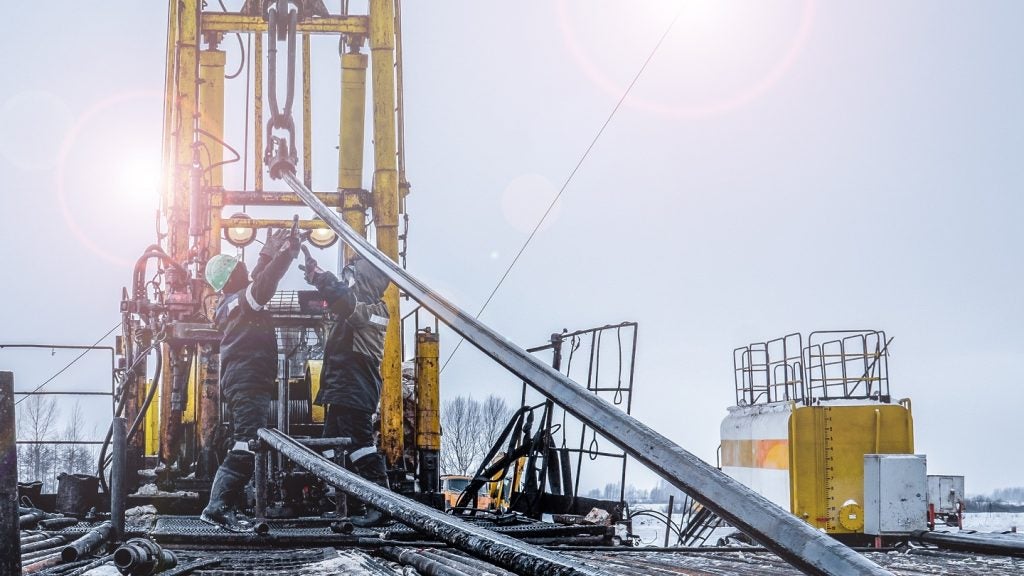Fendercare Marine Diving Services (FMDS) has secured a contract to deliver diving services and equipment for the Liverpool Bay Development, offshore UK.
The development features four oil and gas fields, together with offshore and onshore facilities used for extracting, transporting and processing the reserves.
FMDS mobilised the Seabed Worker DPII diving support vessel with an air diving and nitrox surface demand diving spread.
The company also mobilised two work class remotely operated underwater vehicles (ROVs), a pipeline hydrographic survey facility and the James Fisher Hydro-Digger for survey and remedial works.
The works included the hydrographic surveys and mooring integrity surveys.
Offshore operations at Liverpool Bay are focused on the Douglas complex, a facility that monitors and controls the development’s three satellite platforms at Lennox, Hamilton and Hamilton North, with oil and gas from all four fields being sent to Douglas.
How well do you really know your competitors?
Access the most comprehensive Company Profiles on the market, powered by GlobalData. Save hours of research. Gain competitive edge.

Thank you!
Your download email will arrive shortly
Not ready to buy yet? Download a free sample
We are confident about the unique quality of our Company Profiles. However, we want you to make the most beneficial decision for your business, so we offer a free sample that you can download by submitting the below form
By GlobalDataThe Lennox and Douglas fields produce oil, which is sent via a pipeline, to the offshore storage installation before being loaded into tankers for global exports.
Hamilton, Hamilton North and Lennox, produce the gas, which is part-processed on Douglas before it is sent through pipeline to the Point of Ayr gas terminal on the north-Wales coast.
FMDS was earlier contracted to provide the diving facility, together with related operational procedures and risk assessments for the change out of the 24t of safety mooring chain with a Salentic line.
Total recoverable reserves in Liverpool Bay are currently estimated to be in excess of 150 million barrels of oil and 1.2 trillion cubic feet of gas.
With peak oil production expected to average some 70,000 barrels per day and a peak gas capacity of 300 million cubic feet per day, the life of the development is projected to be at least 20 years.






